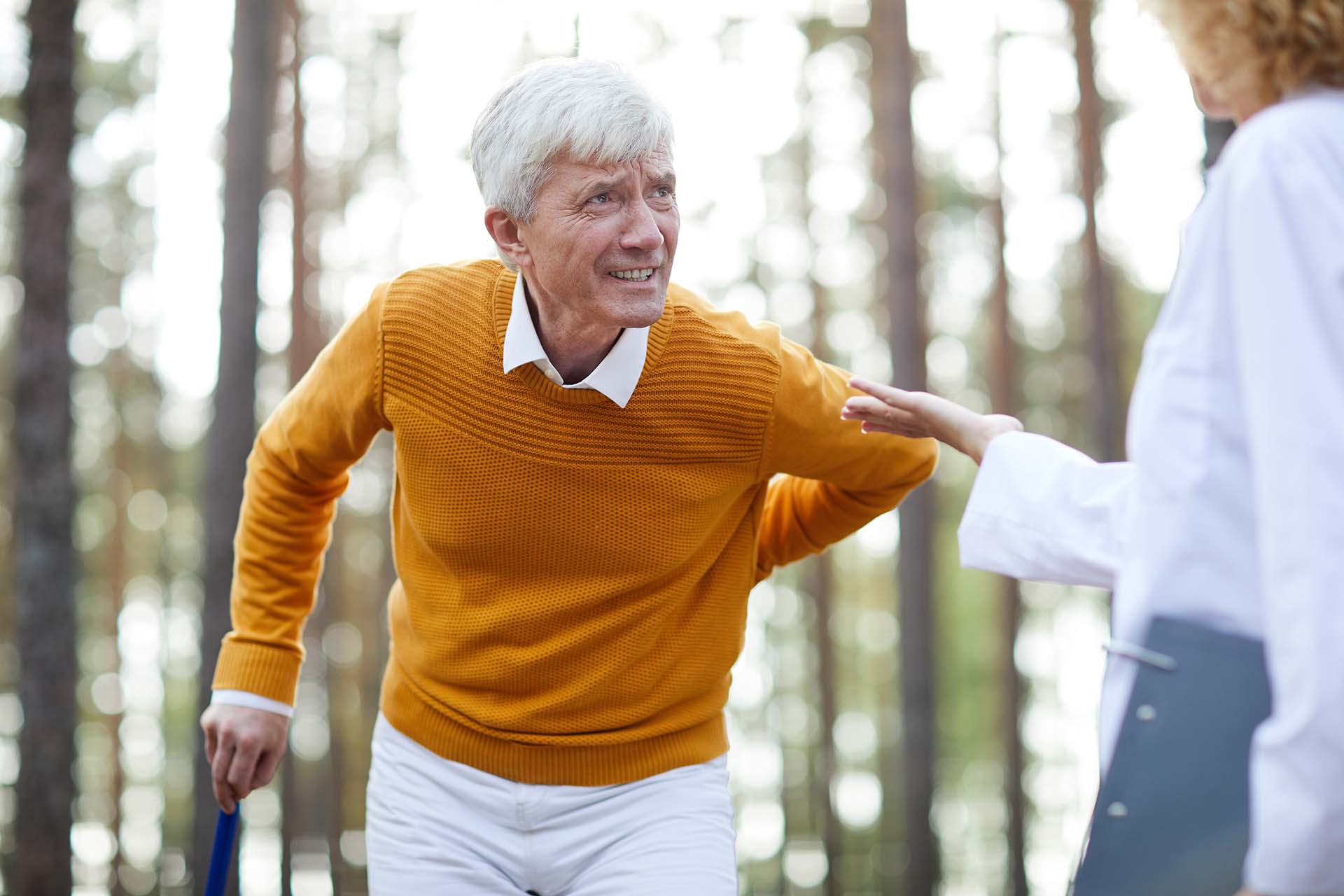
Schedule A Pain Management Consultation
The body’s most important joint, the spine experiences changes as you age. These degenerative alterations may cause a narrowing of your back that leads to lumbar spinal stenosis. The first thing you may notice if your spine has become too stiff is a pain in the lower back. This area can become very painful when bending or extending for prolonged periods of time.
At Las Vegas Sports and Spine Center, we understand that many patients feel overwhelmed by the options available to them. That’s why our goal is not only to provide you with relief from your pain but also to empower and educate about managing chronic conditions like lumbar spinal stenosis in ways that make sense based on what works best long term.
Lumbar Spinal Stenosis Q & A
What is Lumbar Spinal Stenosis?
It is a condition that refers to the narrowing of your lumbar spinal canal, which may compress nerves causing pain. Though it can occur at any time in life–especially due its degenerative changes occurring as we age-low disease most often develop because our spine becomes increasingly susceptible with old age.
Studies show that Lumbar Spinal Stenosis is more common in men than women, which could be because of the fact that women’s spines tend to lose bone and other tissue as they age. Researchers also found that people who often stand or sit for long periods of time are at a higher risk for spinal stenosis.
What are Symptoms of Lumbar Spinal Stenosis?
There are several signs that you could be experiencing Lumbar Spinal Stenosis including back pain, numbness, or tingling in the low left side of your body which travels down through sciatica (legs), muscle cramps near someone’s calves when they try walking long distances on their feet, and weakness. This disease tends to improve if one leans forward while sitting up straight but worsens quickly with restful postures such as lying down flat overnight.
What are Potential Treatments for Lumbar Spinal Stenosis?
The treatments for this condition include surgery, medications, and physical therapy. The most common option amongst those three choices are spinal stenosis corrective surgeries which help strengthen the area of the spine where pain or discomfort occurs by narrowing it down with an operation to reduce pressure on nerve endings that cause severe cramps. This alleviates local muscles causing leg weakness below knee level followed closely by symptoms like numbness/tingling sensations going up into upper arm near elbow joint; incontinence ( consecutive accidents); difficulty breathing during activity; and impotency. Medications are also used to alleviate pain caused by Lumbar Spinal Stenosis, while physical therapy involves procedures of stretching the spine by doing static exercises meant to strengthen your core!
